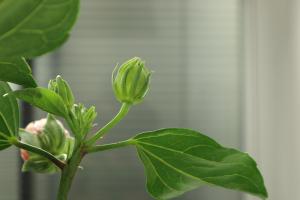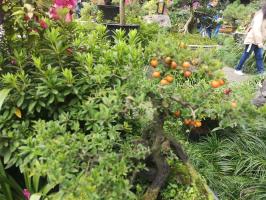1、 Soil:
Laoya persimmon is suitable for cultivation in sandy soil with deep soil layer, good drainage and moist and fertile soil. Remember to cultivate high soil after planting, so that the plant can survive
2、 Illumination:
Laoya persimmon likes light by nature. During its growth, it should receive sufficient light to promote the growth of the plant. However, the old duck persimmon should not be exposed to the sun, and the light intensity should not be too strong to avoid sunburn the plant
3、 Watering:
Laoya persimmon has certain drought resistance. It doesn't need to be watered too frequently to keep the soil moist. Do not water too much to produce ponding, which will affect the root system
4、 Fertilization:
Use nitrogen-containing compound fertilizer in spring to stimulate growth and promote flowering; Use a little phosphorus and potassium fertilizer in autumn to enhance the ability to resist the cold. But the old duck persimmon is not resistant to big fertilizer. Don't apply too much
5、 Precautions:
1. Pruning: you can properly prune the old duck persimmon in spring and autumn, which can bear more fruit. Pruning disordered branches and short branches in spring to promote the development of new branches; Trim long branches to maintain shape; Prune the diseased and residual branches in autumn and retain the fruit branches, which is conducive to germination in the coming year
2. Pollination: Laoya persimmon is dioecious. Pay attention to reasonable matching, so as to achieve normal pollination results. As it is an insect-mediated flower, it can be placed outdoors when flowering, so that insects can help pollinate

 jackfruit
jackfruit snake plant
snake plant hibiscus
hibiscus hydrangea
hydrangea lavender
lavender Green roses climb al...
Green roses climb al... If you don't pay att...
If you don't pay att... Management of four g...
Management of four g...



































